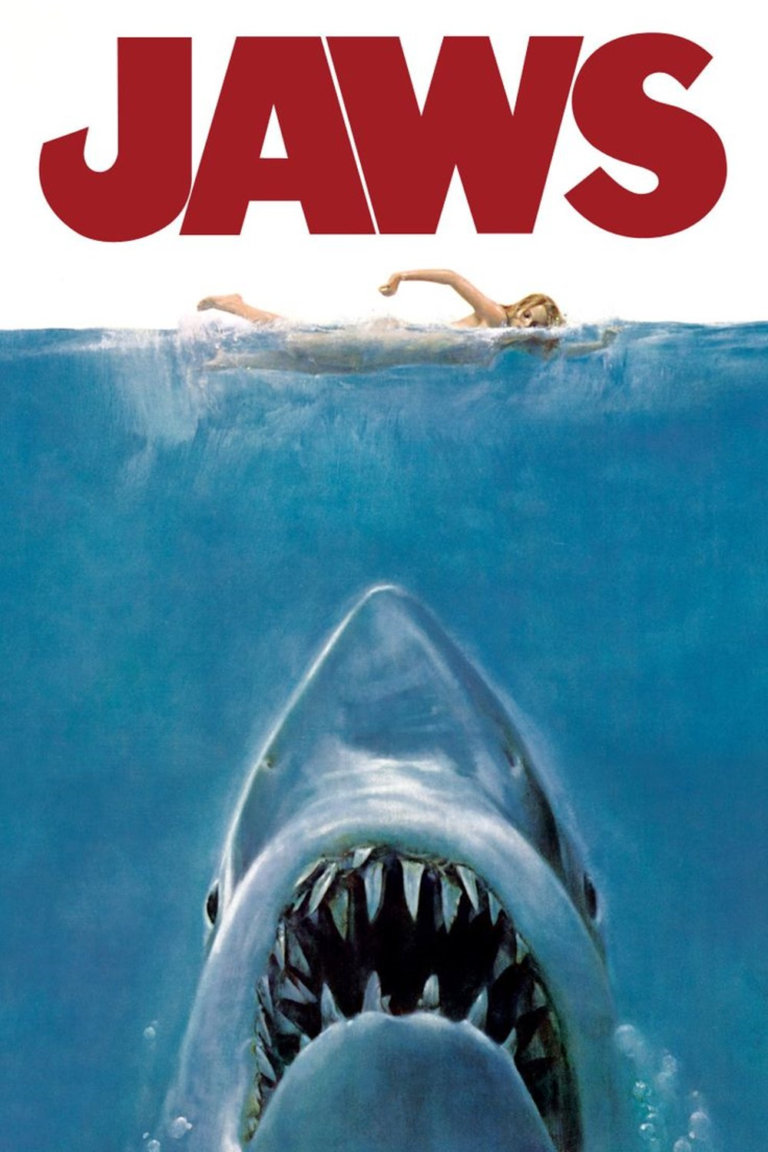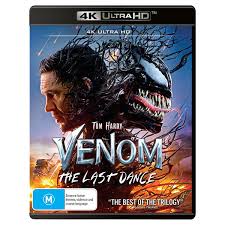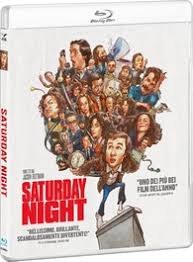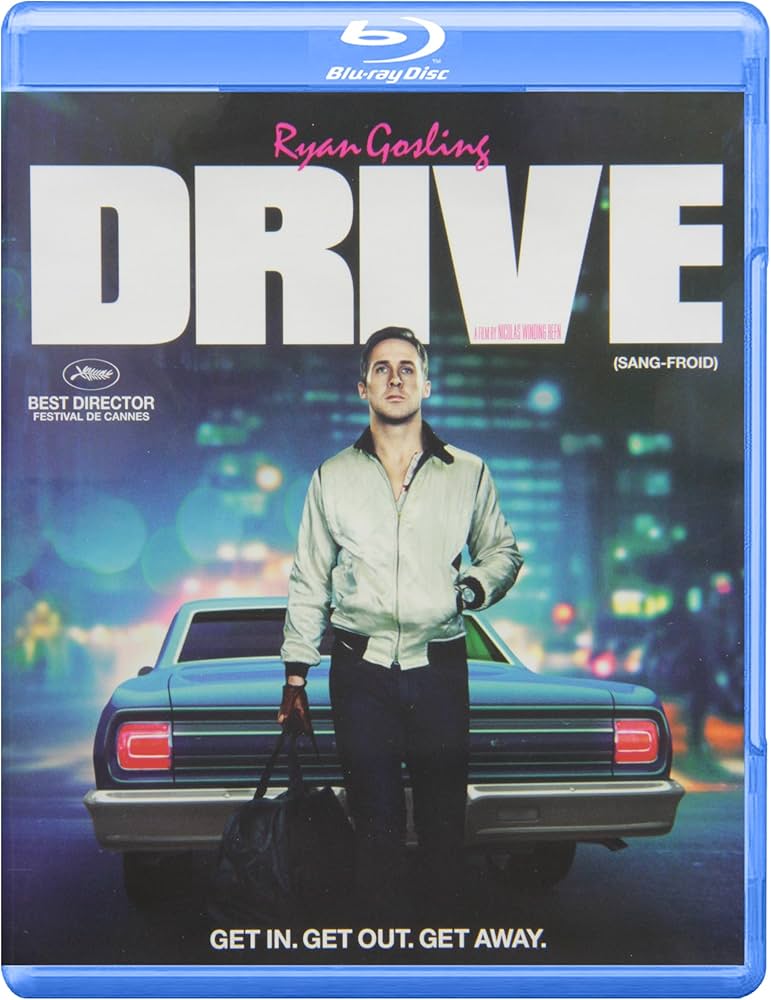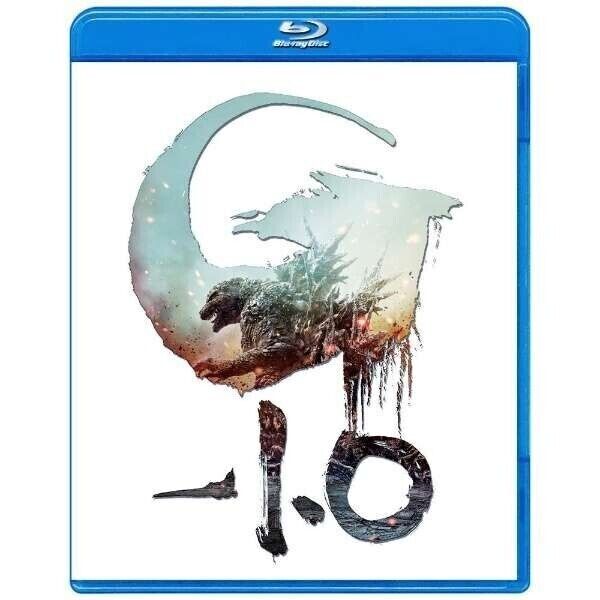I love classic horror monsters. Universal Studios set the benchmark for the Classic Monsters that haunt our dreams with their string of creatures like Dracula, Frankenstein, The Mummy, and The Invisible Man. My personal all-time favorite was Lon Chaney Jr. as The Wolf-Man. It was one of the few classic Universal Monster features that genuinely scared me as a child. The mood, the foggy atmosphere, and the idea that you could lose yourself mentally and physically to a curse always terrified me. Flash forward to today, it’s the perfect setup for the industry’s new-found love for Body Horror films.
After the thrilling exploits of The Invisible Man, Leigh Whannell seemed like the perfect choice for a new take on the classic. Our film opens with an overbearing survivalist father, Grady, taking his young boy Blake out hunting in the rural wilds of Oregon. There they’re attacked by an unseen creature that dismembers deer at will. After that tantalizing opener, we’re slingshot into the modern-day big city where we have grown-up Blake (Christopher Abbott) trying to imbue his daughter Ginger (Matilda Firth) with the same sense of self preservation only without the damaging abusive intensity of his father. But life isn’t great with his busy journalist wife Charlotte (Julia Garner) as they struggle to figure out how to best keep the family intact. But the opportunity to get away from it all arrives when Blake gets word Oregon is officially listing his long-missing father as “deceased.” Together they travel west to clean out the old man’s secluded farmhouse, but a deadly creature looms in the dark, shadowy forest.
I’ll give credit to Leigh Whannell and his co-screenwriter wife Corbett Tuck for digging up a number of interesting themes and ideas for their Wolf Man reinterpretation. You’ve got ideas of generational familial abuse and trauma. You’ve got ideas for marital and parental dynamics between fathers and mothers and breaking those societal norms. You’ve got ideas for true Cronenbergian body horror with an infectious disease taking over your bodily functions. There are a lot of good ideas here, sadly none of them really land within the confines of this ill-paced fur-less film. Also, where the heck are the actual wolves? The only setup we’re given is an odd tacked in “legend” text card thinly setting the stakes for this new take… but no wolves. But nonetheless I appreciate the effort because it was very atmospheric. At an hour and forty minutes, the film can feel excruciatingly sluggish, leaving you desperate for things to happen. With most of the action situated inside a secluded farmhouse, a lot of the plot feels aped from George Romero’s Night of the Living Dead. “How do these people escape the inescapable location” and all that yada-yada. Instead of the suspense of a growing hoard of undead ghouls, our family trio is harassed by a virtually unseen lycanthrope as the father succumbs to his inevitable transformation. And when we do finally see our titular monster, it’s less of a wolf and more of an odd-looking hairless feral pig. Now feral pigs are f’ing terrifying if you’ve ever come across one in real life, but this isn’t Pig Man, it’s Wolf Man. This Wolf Man transformation is clearly going for Cronenberg’s Brundlefly vibe, but it’s far less harrowing and the brief timeframe for change loses that sense of tragedy. Christopher Abbott is no slouch when it comes to body horror and “losing oneself.” Having already delivered a terrific performance for Brandon Cronenberg’s Possessor, he perfectly conveys a man losing control of himself. Matilda Firth is a solid little performer as Ginger, terrorized by the creature but more scared of losing her father. Julia Garner sadly is just miscast. She’s often appearing like she’d rather be anywhere else than in this film and when she delivers a second act soliloquy being anxious about stepping into a traditional motherly role, it feels like she’s just reading the cards than exuding an emotionally-driven moment.
As the film played out, I questioned why Garner was even there? If the main theme is about not passing trauma and grief onto your children, I can’t help but wonder how much better the film would have been if it was just the father/daughter dynamic without the mother. What if it was Blake rushing to show his daughter the survival skills he learned as a child, but with the focus of actually keeping her safe from the real terrors of the forest before he lost complete control of himself? Charlotte and by extension Garner, were just weak elements in an already pretty contrived wolf-less reimaging of the classic creature feature. All this essentially states that I was very disappointed by Wolf Man. I loved what Whannell brought to the screen with 2020’s The Invisible Man. That was a fresh, exciting, and sometimes terrifying take on the old material. Hell, even Upgrade was a suitable action-infused take on Body Horror themes. But something wiffed with this Wolf Man. I’m sure if this needed more time to cook at the script level or not, but it’s another in a string of poorly performing Blumhouse horror features. As for the video performance, I guess the best way to say this is when you can actually see it, Wolf Man enjoys an excellent 2.39:1 HDR10 transfer. “Seeing” is the optimal word there as often the image is bathed in virtually no lighting source with extreme shadows and black as pitch dark spaces. I missed this film in theaters, but I heard from many friends who did see it that this was an issue on the big screen as well and it haunts the 2160p and 1080p discs. A scene in a barn without any direct light source is a key example. Now you’re not supposed to specifically see certain aspects of what’s going on, the “wolf-o-vision” effect is supposed to bridge that gap in human and lycan senses, but it’s a visual trick that’s often more frustrating in the moment than it is effective. When you can see the film, the transfer delivers strong details and decent colors. Again, most of the film takes place in that semi-dark farm house without a lot of lighting so there really isn’t a whole lot to “see” – especially when they’re trying to hide the titular beast until the very end. That said, while I might not love the design, I enjoyed the use of practical make-up and gore effects. I initially started watching this during daylight hours, I don’t often get to pick when I watch a disc, but I found a lighted room a tough experience. Later at night I came back to it and felt that in a deep dark room, the visuals picked up a little more life. In the end, I’m left believing a lot of this impenetrable darkness is by choice and not necessarily a disc-transfer specific issue. As for the audio, there’s good news! Where this film and this disc excel is the phenomenal Dolby Atmos audio mix. Holy hell is this a fun mix! Where Wolf Man often eschews visual terror for audio-induced tension, the sound dynamics thunder away beautifully. When you can’t see the beast, you can hear it coming with impressive pin-point specific object placement throughout the soundscape. Sometimes it’s coming from the side, sometimes above; the track lets these channels mark its movements giving you plenty of immersive jump scares. As Blake slowly loses himself to the infection and his senses become more accute, a scene of a spider walking up a wall is dynamite audio! The LFE is rattling the subs with every eight-legged impact. The snarling beastly effects and the squishy bits for the body horror elements all enjoy a prioritized presence. The film itself might not be amazing, but the sound design and by extension, this Atmos track is fantastic!
On the bonus features side, this set doesn’t come with a whole lot of big bites. The meatiest piece certainly is the audio commentary with Leigh Whannell. He offers a lot of production notes and materials about the making of the film, when things were practical, when they were CG, etc. Even solo it’s an informative, engaging commentary. The rest of the production featurettes glean some interesting bits, but a lot of it feels very anemic.
FINAL THOUGHTS
Wolf Man is one of those outings that I really wanted to like. I avoided trailers. I avoided the reviews. I even avoided a lot of opinions of friends whose opinions I normally trust. I wanted to see it for myself and go in as cold as possible. Sadly, I didn’t like it. I liked and appreciated a lot of the ideas and themes that Leigh Whannell and his co-writer wife Corbett Tuck went for, but something just missed the mark. You could get in the argument of too much of this, not enough of that, but at the end of the day, this new refresh of Wolf Man didn’t make me howl the way I’d hoped it would. On 4K UHD the film scores a solid HDR10 transfer that is held back only by the occasionally extremely dark cinematography. On the other hand, the Atmos mix is a real banger (literally) delivering an excellent wall-to-wall immersive sonic experience. The bonus features a tad thin, but the audio commentary is a good listen. At the end of the day, Wolf Man is another frustrating new take on a classic Universal Monster. I hoped I’d like it, I didn’t. It’s a curiosity and Worth A Look, but I wouldn’t recommend a blind buy unless you find it on a super sale.
MOVIE
VIDEO
SOUND
EXTRAS
